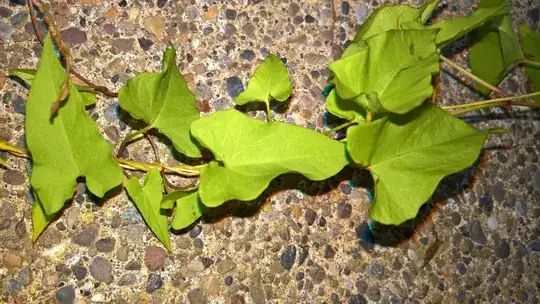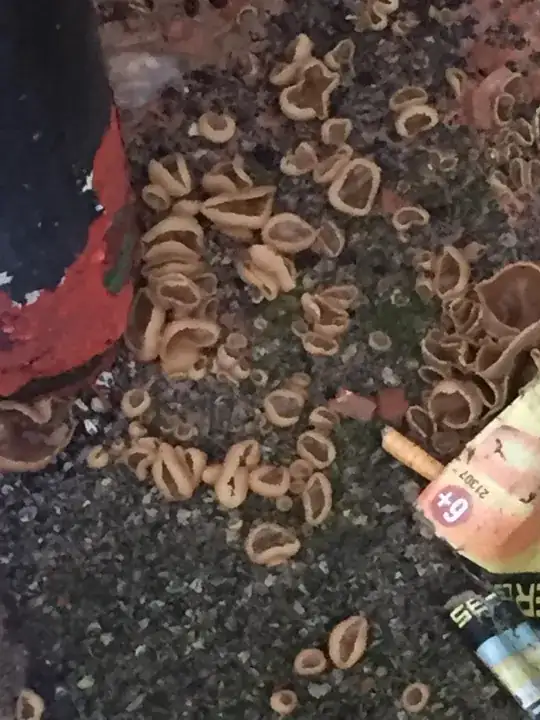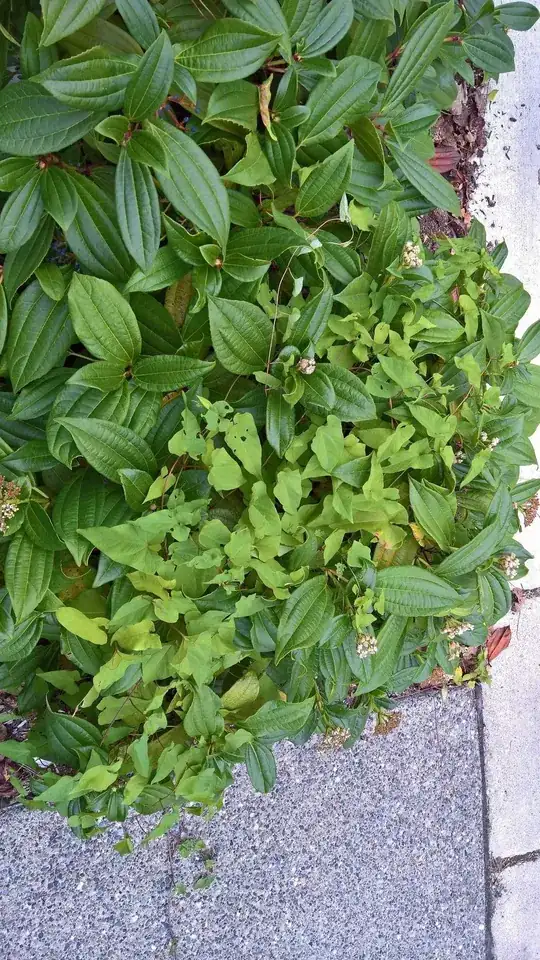This is, as said, one of the bindweeds, likely Calystegia sepium. Unfortunately, it's very difficult or next to impossible to get rid of, particularly where there is paving or concrete nearby, because the roots will be under the hard surfacing too. Digging it out is not worth attempting either - the roots are thick, but break easily, and the tiniest piece or fragment of root will regrow.
The usual procedure in the UK to try to eradicate this weed is to insert bamboo canes where growth appears at soil level, allow the plant to climb the cane, then spray all the growth on the cane thoroughly with glyphosate - no easy task, because you can only spray on a still day, and any plants surrounding the cane with bindweed must be protected from the spray. This treatment is repeated every time growth appears - with persistence, its possible to reduce the bindweed considerably or to eradicate it. However, because you have paving, the presence of roots beneath that paving means you may not be able to kill it off in one year - ongoing treatment for the next two or three growing seasons is likely to be necessary. This treatment is not attractive - bindweed usually starts to appear at ground level in May, so you'll be looking at what seems to be a forest of canes for a couple of months, but significantly fewer canes in the second year.
If, on the other hand, you decide to stick with just pulling off the topgrowth when it appears, the roots in the ground will simply spread further and you will have more and more topgrowth from the bindweed appearing as time goes on.


